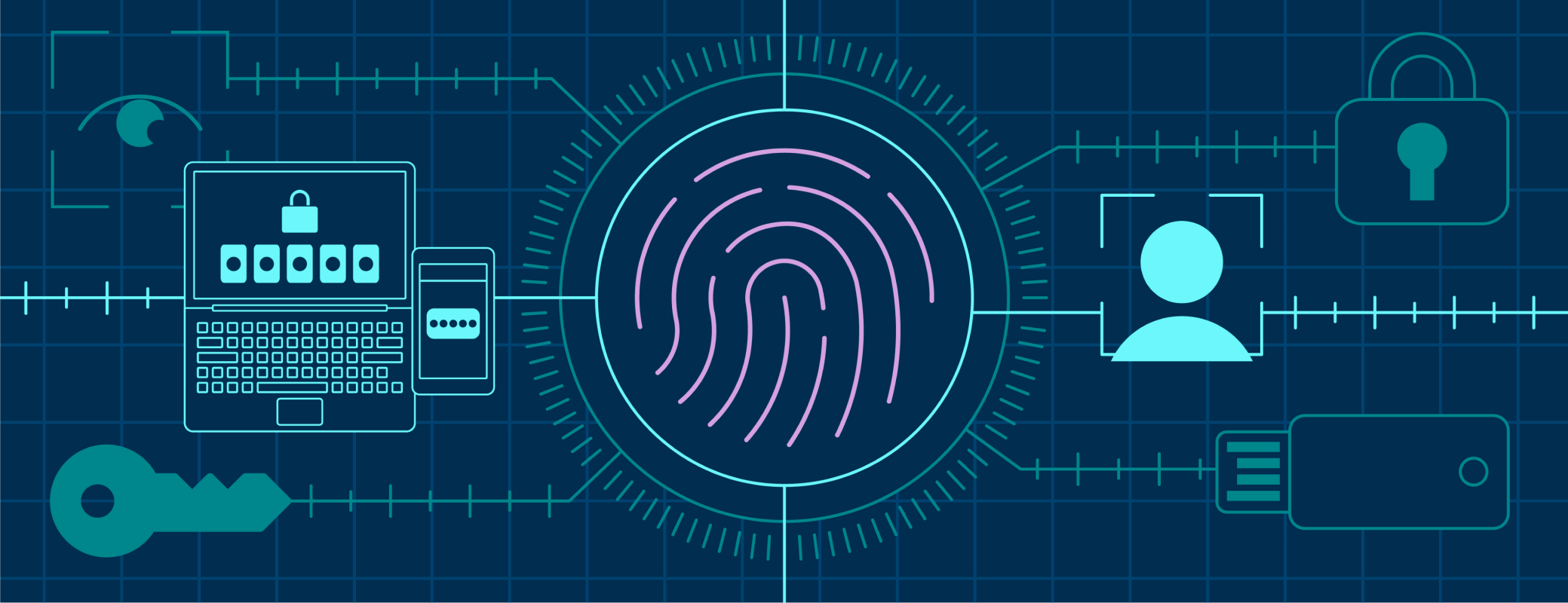Understanding Cryptography: The Art of Securing Information
 In today’s interconnected digital world, the need to protect sensitive information has never been more critical. Cryptography, the science of encoding and decoding messages, plays a pivotal role in ensuring the confidentiality, integrity, and authenticity of data in various online transactions and communications. From online banking to secure messaging apps, cryptography is the bedrock of modern digital security. In this article, we’ll explore the fundamentals of cryptography, its key concepts, and its significance in safeguarding our digital lives.
In today’s interconnected digital world, the need to protect sensitive information has never been more critical. Cryptography, the science of encoding and decoding messages, plays a pivotal role in ensuring the confidentiality, integrity, and authenticity of data in various online transactions and communications. From online banking to secure messaging apps, cryptography is the bedrock of modern digital security. In this article, we’ll explore the fundamentals of cryptography, its key concepts, and its significance in safeguarding our digital lives.
What is Cryptography?
At its core, cryptography is the practice of converting plaintext information into an unreadable format, known as ciphertext, using mathematical algorithms. This process ensures that only authorized parties possessing the appropriate decryption keys can transform the ciphertext back into its original plaintext form. The primary objective of cryptography is to provide a secure and private means of communication in the presence of potential adversaries.
Key Concepts in Cryptography:
- Encryption and Decryption: Encryption is the process of converting plaintext into ciphertext, while decryption is the reverse process of transforming ciphertext back into plaintext. Encryption keys and decryption keys are used to perform these processes, and the strength of the encryption relies on the complexity of these keys.
- Symmetric Cryptography: In symmetric cryptography, the same key is used for both encryption and decryption. While this method is efficient, securely sharing the key between parties can be a challenge.
- Asymmetric Cryptography: Asymmetric or public-key cryptography involves using a pair of keys: a public key for encryption and a private key for decryption. Information encrypted with the public key can only be decrypted using the corresponding private key. This approach resolves the key distribution problem but can be computationally more intensive.
- Hash Functions: Hash functions are one-way mathematical algorithms that convert data into a fixed-size string of characters. These functions are used to create a unique “digest” of data, often used for verifying data integrity or securely storing passwords.
- Digital Signatures: Digital signatures are generated using the private key of the sender and are used to verify the authenticity and integrity of digital documents. The recipient can use the sender’s public key to verify the signature.
Importance of Cryptography:
- Confidentiality: Cryptography ensures that unauthorized individuals cannot access the content of encrypted messages, offering confidentiality for sensitive data.
- Integrity: By generating unique hashes or digital signatures, cryptography helps detect any unauthorized changes to data during transmission or storage.
- Authentication: Cryptographic techniques allow for the verification of the identity of communicating parties, ensuring that data is exchanged only between trusted entities.
- Non-Repudiation: Non-repudiation prevents parties from denying their involvement in a transaction or communication, as cryptographic evidence can prove the origin and authenticity of messages.
Real-World Applications:
- Secure Communication: Cryptography secures emails, instant messages, and other online communications, protecting them from eavesdropping and interception.
- E-Commerce: Online shopping relies on cryptography to protect payment information and personal details, ensuring secure transactions.
- Blockchain Technology: Cryptography is central to the security of blockchain networks, enabling secure and transparent record-keeping.
- Data Protection: Encryption is used to safeguard data at rest, such as files stored on devices or in the cloud, preventing unauthorized access.
Challenges and Future Directions:
While cryptography is a powerful tool, it’s not immune to challenges. As computing power grows, so does the potential to crack encryption algorithms. This calls for the development of stronger encryption methods and a continuous effort to keep up with evolving threats. Quantum computing, with its potential to break many current encryption methods, has spurred the exploration of quantum-resistant cryptography.
In conclusion, cryptography is a cornerstone of modern digital security. Its role in ensuring the confidentiality, integrity, and authenticity of data is indispensable in today’s technology-driven world. By understanding the basics of cryptography, individuals and organizations can make informed decisions about how to protect their sensitive information and contribute to a safer digital environment.


































